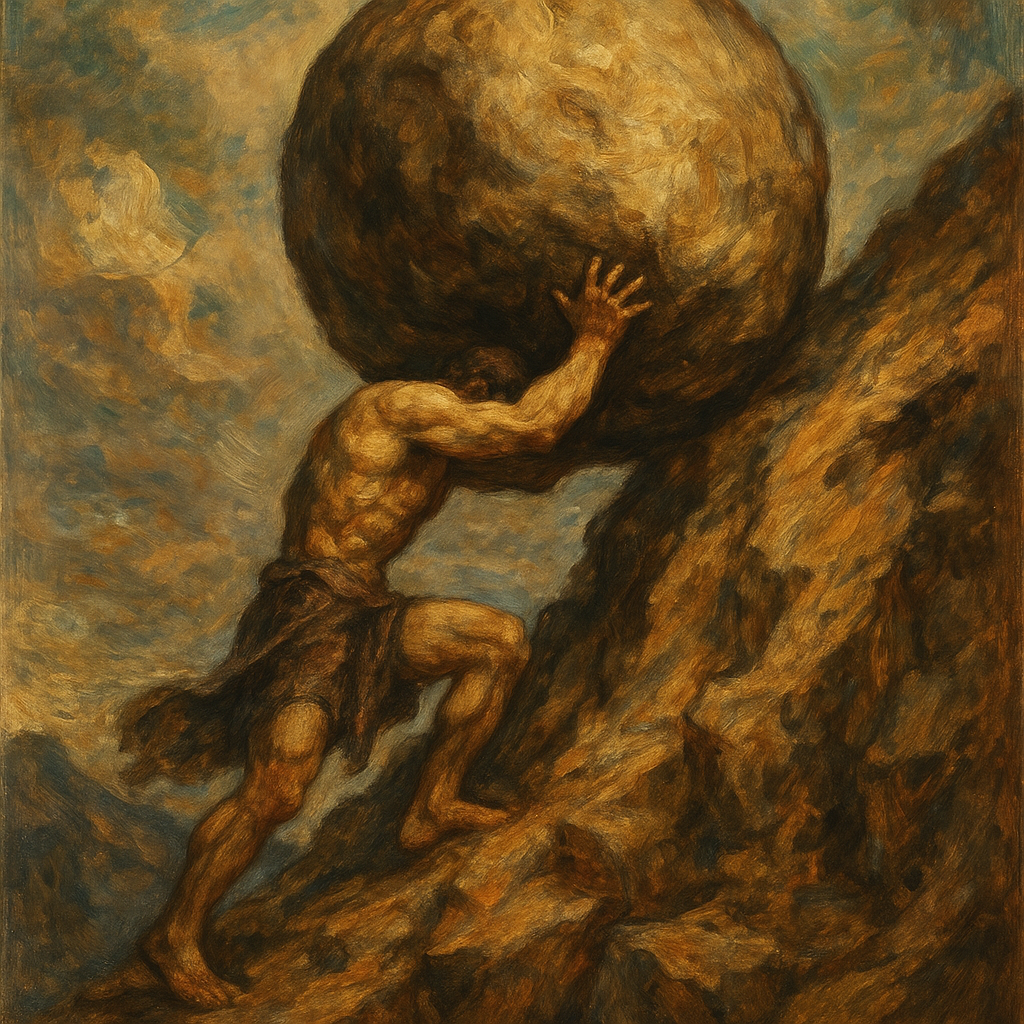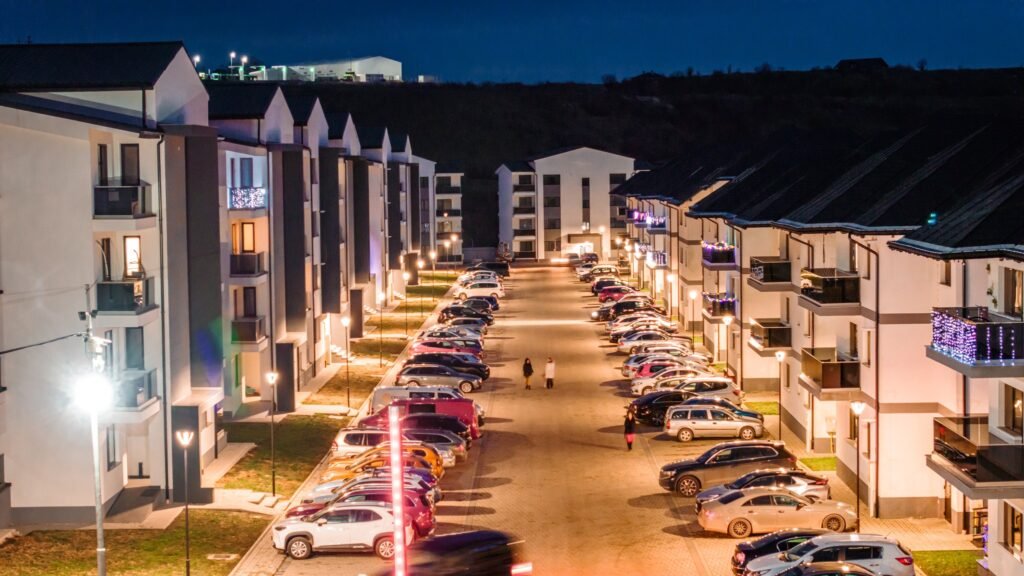The Myth of Sisyphus in Urban Lighting perfectly captures the continuous and absurd effort of large cities to repeat the same standardized solutions, hoping that this time the result will be different. If we look at the city at night, we always see the same story: urban lighting has become a cold, uniform repetition, lacking poetry and emotion.
The Trap of Cold Light: Efficiency Destroys Atmosphere
Urban design has fallen victim to a single formula: cold white LEDs, evenly distributed on every sidewalk, façade, or park. Yes, perhaps energy-efficient. But from a human perspective? It turns the city into a sterile space, devoid of depth and character.
Cities are not production lines that operate without pause. They are living ecosystems, sensitive to the seasons, the rhythm of life, and the mood of their people. To light them like industrial warehouses is to strip them of everything that makes them human.
The Effects of Standardized Lighting Design
- Streets lose their charm and uniqueness
- Historic buildings become invisible and ordinary
- Public spaces are no longer places for relaxation, but mere passageways
- Local identity fades in the uniform, impersonal light
The Absurdity of Repetition: Why Do We Keep Making the Same Mistakes?
The Myth of Sisyphus becomes relevant in urbanism when we see how, project after project, we apply the same solution: neutral, cold light, evenly distributed, without shadows. We refuse to ask what went wrong and continue to push the same stone up the same mountain.
This obsession with control and technical efficiency completely ignores artistic sensitivity. Light becomes a formula, not an act of creation.
What Could Soulful Lighting Look Like?
We don’t need more technology; we need more empathy. Every place has a story. Every corner of the city needs a light that tells its story — not one that erases it.

In Residential Areas:
– Warm light that invites rest
– Subtle plays of shadow that add depth
– Smooth transitions between light and darkness
In Commercial Centers:
– Combining color temperatures to guide the flow of people
– Light accents on key architectural features
– Dynamic solutions adapted to the season or time of day
In Parks and Green Spaces:
– Discreet lighting that doesn’t disturb nature
– Paths of light that create a visual story
– Areas of semi-darkness that offer calm and reflection
How Do We Break the Sisyphean Cycle?
There is a way to move forward, but it requires courage and openness. Three simple principles can radically change the way we light our cities:
Diversity, Not Uniformity
Every neighborhood deserves a different approach, tailored to its identity.
People at the Center of the Decision
We shouldn’t just ask “how much energy does it consume?” but also “how does a person feel in that space?”
Flexibility Instead of Rigidity
Lighting should adapt to the context: season, time of day, and type of activity.
Sisyphus Reinvented: When Labor Becomes Creation
Maybe Sisyphus wasn’t condemned only to failure, but also given the chance to create something new with each ascent. Maybe his labor becomes bearable—and meaningful—when the stone is no longer the same. The same goes for us: we shouldn’t be afraid to abandon the one-size-fits-all formula. Cities deserve more than a universal solution applied endlessly.

The city is not a technical problem. It is a living, collective work of art.
Instead of a Conclusion: An Honest Question
When working on the next urban lighting project, maybe the question shouldn’t be What standard do we apply?, but rather What story are we telling through light? And who will truly feel it?
Only then can urban lighting escape the trap of soulless efficiency and once again become a form of art—one that lives alongside the people and the spaces they pass through, dream in, pause within, or return to.


x